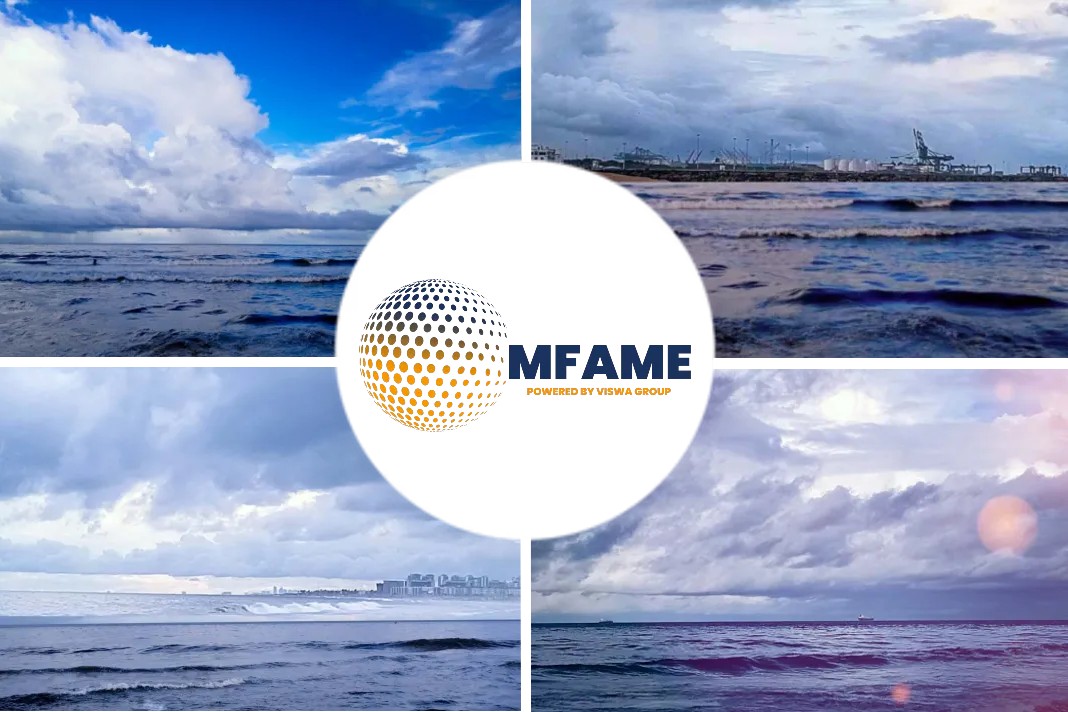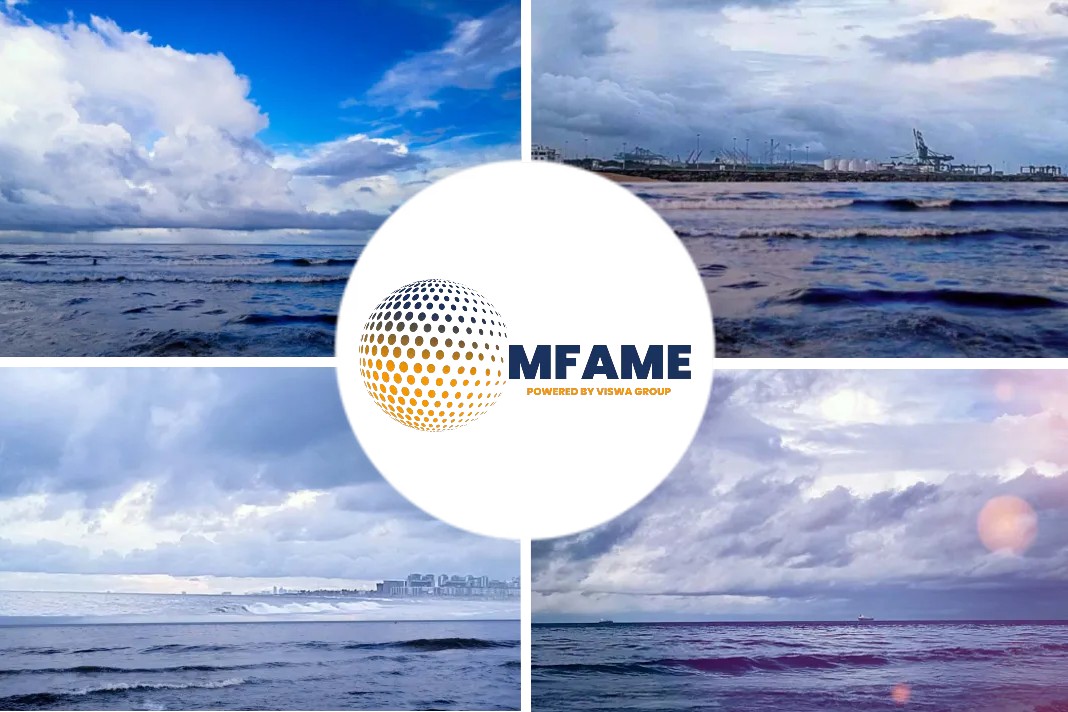- Marine Environment Protection Committee (MEPC) annual meeting takes place to reduce carbon emissions and meet the target of 40% reduction in GHG by 2030.
- Next year is when the new amendments agreed by MEPC 75 will have to be adopted.
- The IMO regulations aren’t enough for the European Union’s (EU) ambitions thus, the EU is still considering a regional Emissions Trading System (ETS).
- If the price gap between VLSFO and HFO grows to a level where the return on investment (ROI) for scrubbers makes sense then more scrubber installations are likely.
As we approach the end of 2020 we start to look ahead and wonder what will 2021 bring us. From the international human crisis of seafarers stranded onboard due to travel restriction, to controversial IMO meetings and decisions and several major accidents, the maritime and shipping industry is moving forward to hopefully better times, reports Green Ships.
Here are 5 possible trends related to sustainability from the maritime industry in 2021.
Decarbonization
With the Marine Environment Protection Committee (MEPC) annual meeting taking place last week not everyone is happy with the decisions that have been taken in regards to reducing carbon emissions and meeting the target of 40% reduction in GHG by 2030 compared with 2008.
IMO’s permissive laws
Most NGOs consider that IMO is not doing enough and that international maritime laws are not strict enough when it comes to cutting down on emission.
Are governments afraid of regulating shipping?
This debate is more likely to continue in 2021 as spirits are only getting hotter and the IMO gets pressured more and more with every month. Next year is also when the new amendments agreed by MEPC 75 will have to be adopted. If passed (and most likely they will) the shipping industry will have to assess and adjust their operations to meet the requirements of the new amendments (more exactly comply with EEXI and CII.)
 Europe leading the way
Europe leading the way
The EU seems to have its own ambition when it comes to maritime sustainability and meeting targets. From the looks of it, the IMO regulations aren’t enough for the European Union’s (EU) ambitions thus, the EU is still considering a regional Emissions Trading System (ETS).
The European Green Deal
Under the European Green Deal, the European Commission presented in September 2020 an impact-assessed plan to increase the EU’s greenhouse gas emission reduction target to at least 55% by 2030. By June 2021, the European Commission will have to present legislative proposals to implement the new target, including revising and possibly expanding the EU ETS so keep in eye for that.
The IMO lags behind
The EU ETS is considered a cornerstone of the EU’s policy to combat climate change and a key tool for reducing greenhouse gas emissions cost-effectively. It will only be possible if all EU members agree. If the IMO will not be able to keep up with the EU ETS guidelines that all governments approve of, there could be several regional ETSs over the next few years, causing higher costs on various trade routes.
EU’s progress
Besides leading the way with the ETS, the European Union is also first to require that all ships under EU flag or calling in an EU port have a class approved IHM (Inventory of Hazardous Material) Part 1 available onboard meanwhile, globally, the Hong Kong Convention still waits its entry into force.
 Scrubber’s comeback
Scrubber’s comeback
The pandemic has narrowed this year the price between heavy fuel oil (HFO) and marine gas oil (MGO) making the scrubber demand no longer an urgency. Things could change next year as Covid-19 vaccine will be available and economies try to return back to normal.
Investment on scrubbers
If the price gap between VLSFO and HFO grows to a level where the return on investment (ROI) for scrubbers makes sense then more scrubber installations are likely. For this to be feasible HFO, prices would have to be much lower than VLSFO prices but talking prices for next year is still early, as the new US president might have a word on it as well.
Food digestors
Besides scrubbers we could see more and more cruise ships using food digestors to handle their food waste, “scrubber” system for LNG to reduce methane slip and more AI to assist in navigational decisions.
 Cold Ironing
Cold Ironing
According to an EPA assessment, pollutant emissions can be reduced by 98% when utilizing power form shore. The challenge is, not too many ports have this capability and mostly, only the new builds come equipped with “a plug” to connect. Plugging a ship into an electricity grid on shore is most sustainable when renewable energy sources such as wind, tides and solar were used. As per EPA, cold ironing also knows and Alternative Marine Power (AMP) can improve air quality around the ports because “shore power typically produces zero on-site emissions.”
 Digitalizing
Digitalizing
More and more, shipping is turning to digitalization from customs forms to order confirmations as new trade agreements take effect. This saves time, decreases risks of spreading COVID-19 face to face, reduces reliance on paper and saves money.
As regulations get added so does paperwork. The Digital Container Shipping Association (DCSA) is aiming to eliminate paper from shipping transactions through the use of a standard e-bill of lading (eBL). DCSA claims that paper bill processing costs three times more than electronic processing.
 Seafarer’s welfare
Seafarer’s welfare
Human wellbeing is the base and core of sustainability. Everything we do in terms of climate change, environmental regulations have human wellbeing in mind . This also includes to have our seafarers able to go home at the right time and get reunited with their families, Not allowing seafarers to get home for months was inhumane and this should have never have happened, not in 2020 not when we ALL (including governments, NGOs, international organisations etc) talk about sustainability and well being. 2021 needs to fix this and make sure contracts are being respected and prompt and strict measures are being taken when they are not.
Did you subscribe to our daily newsletter?
It’s Free! Click here to Subscribe!
Source: Green Ships






















